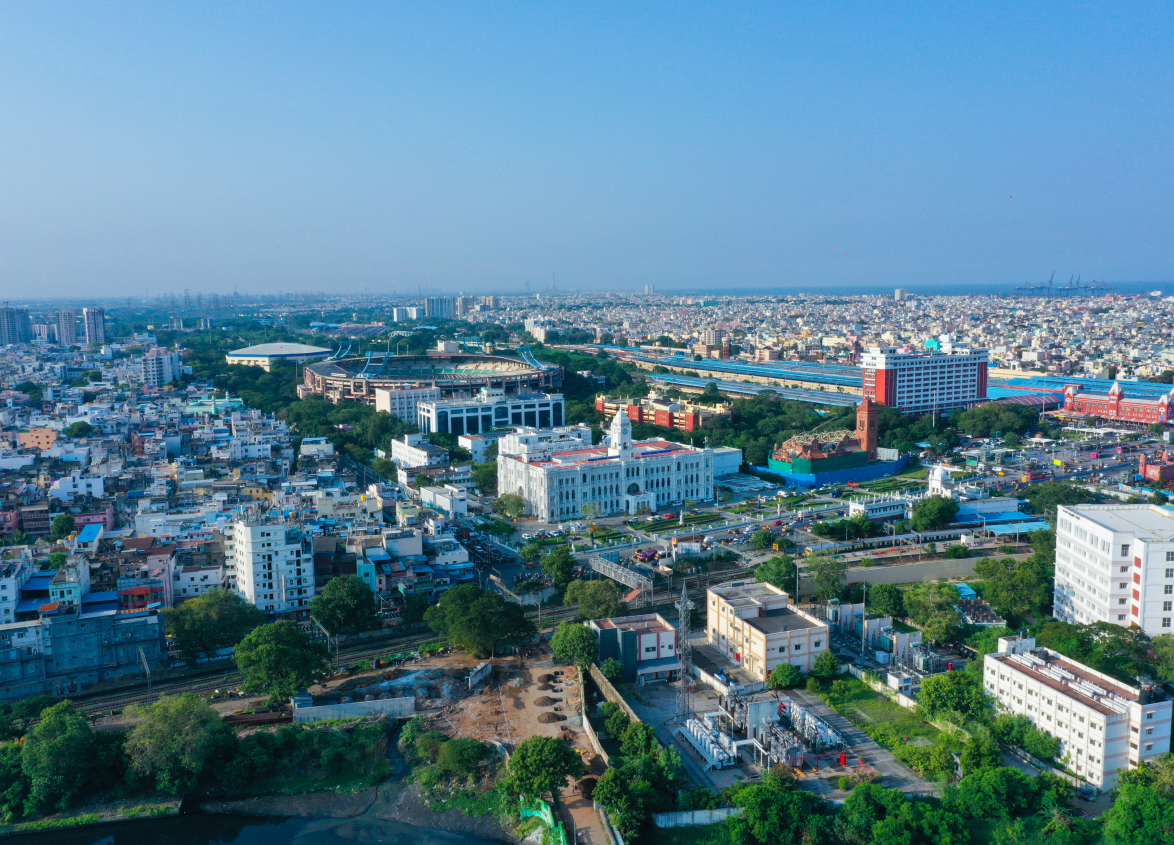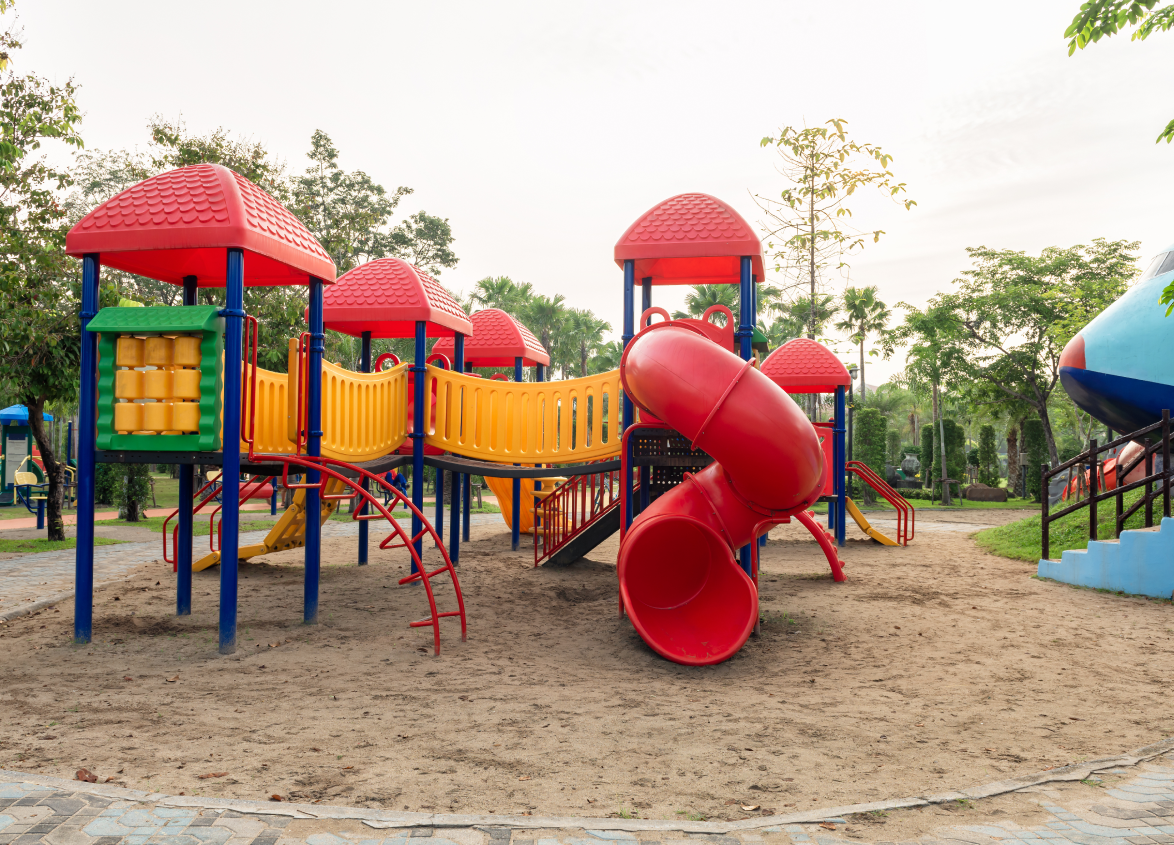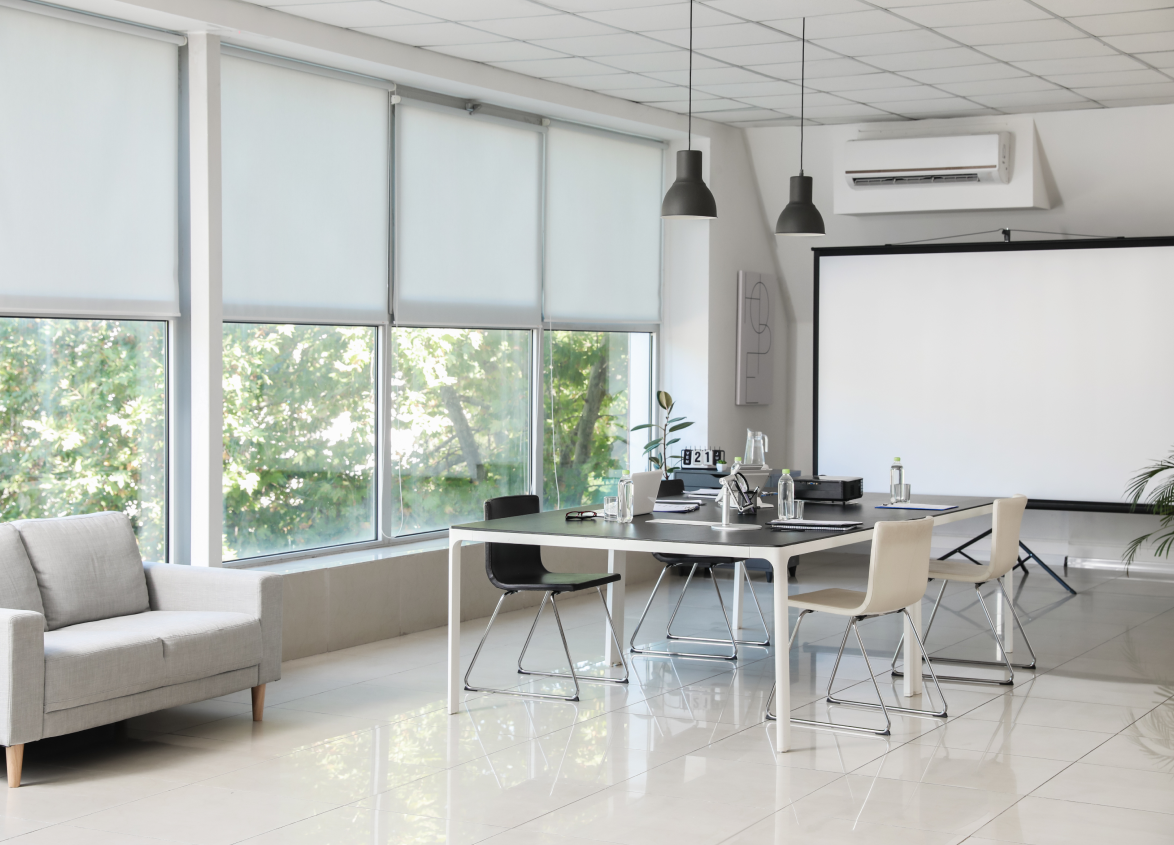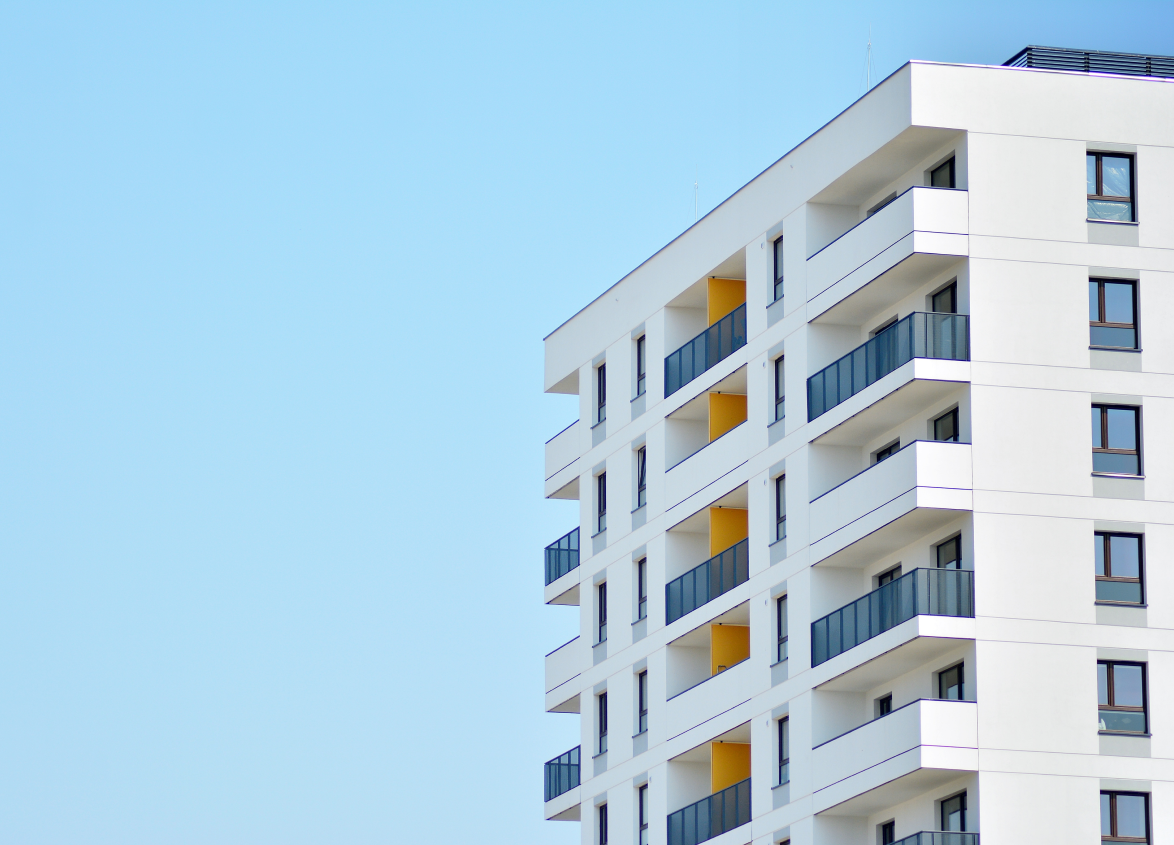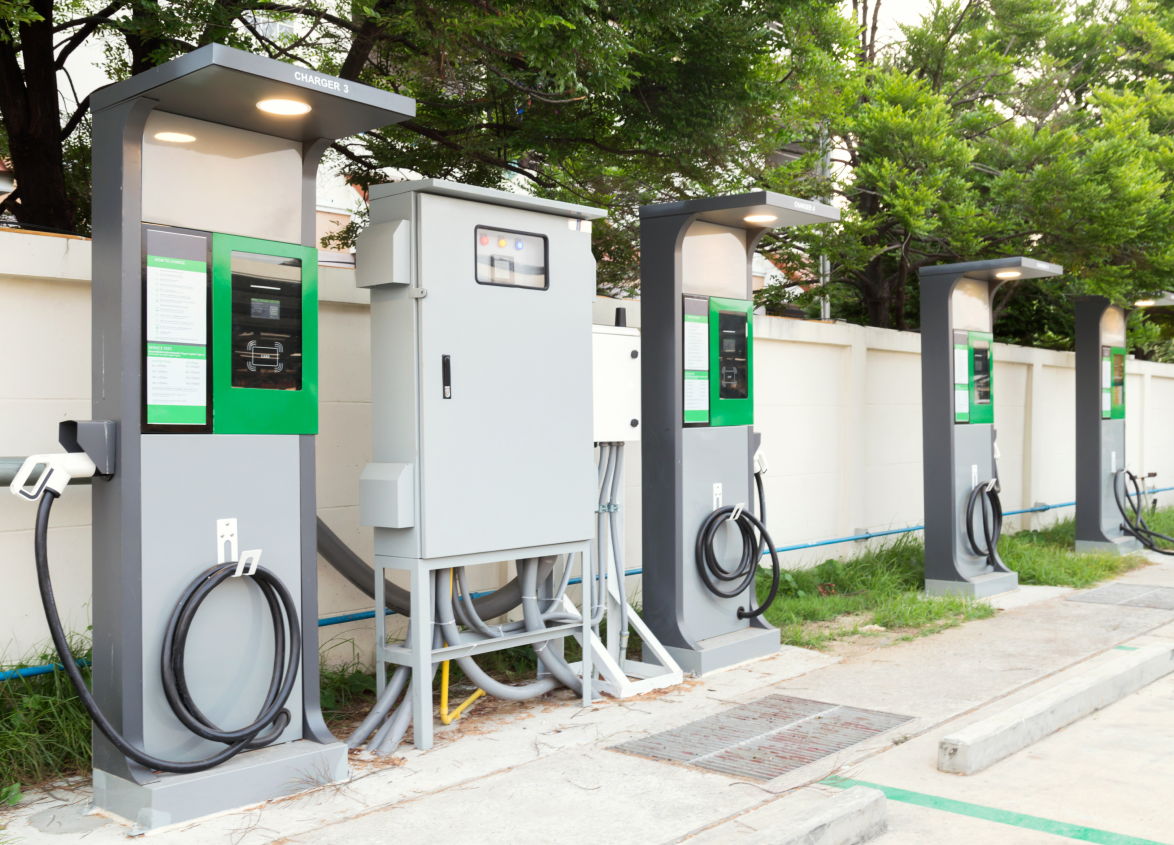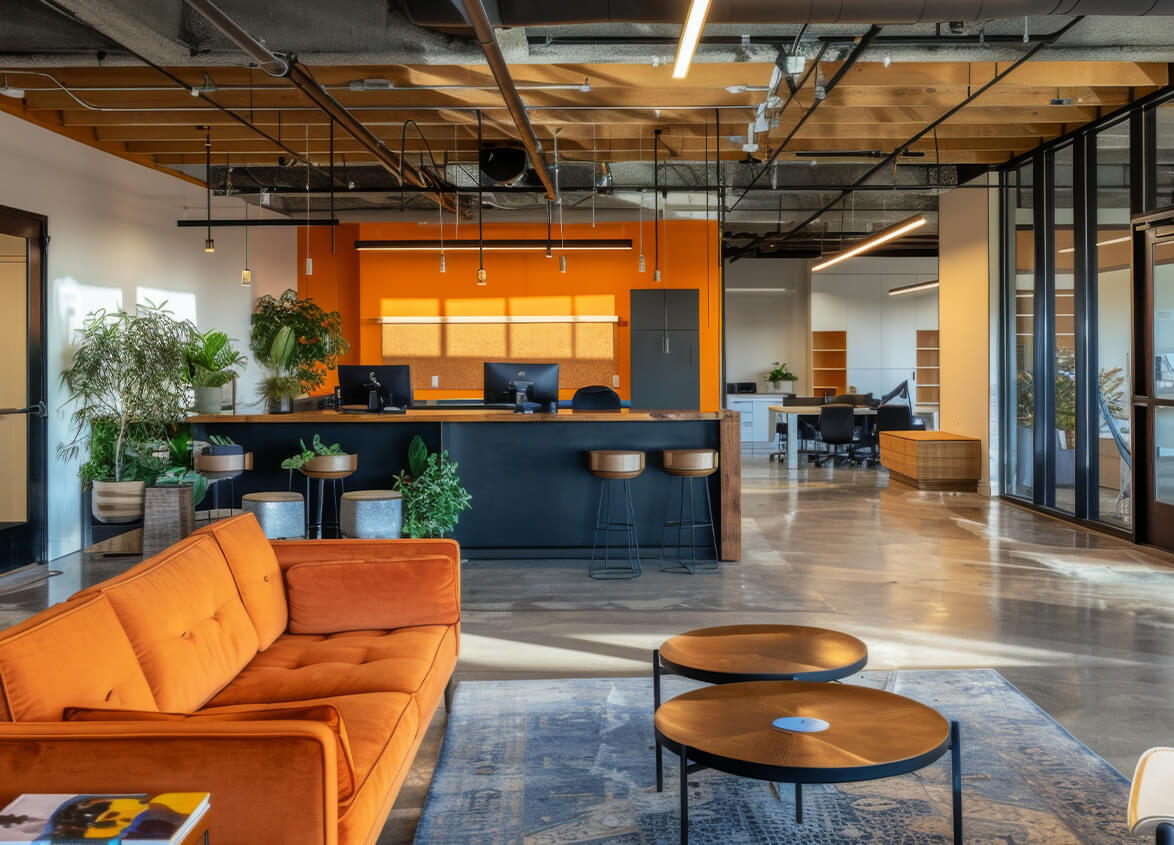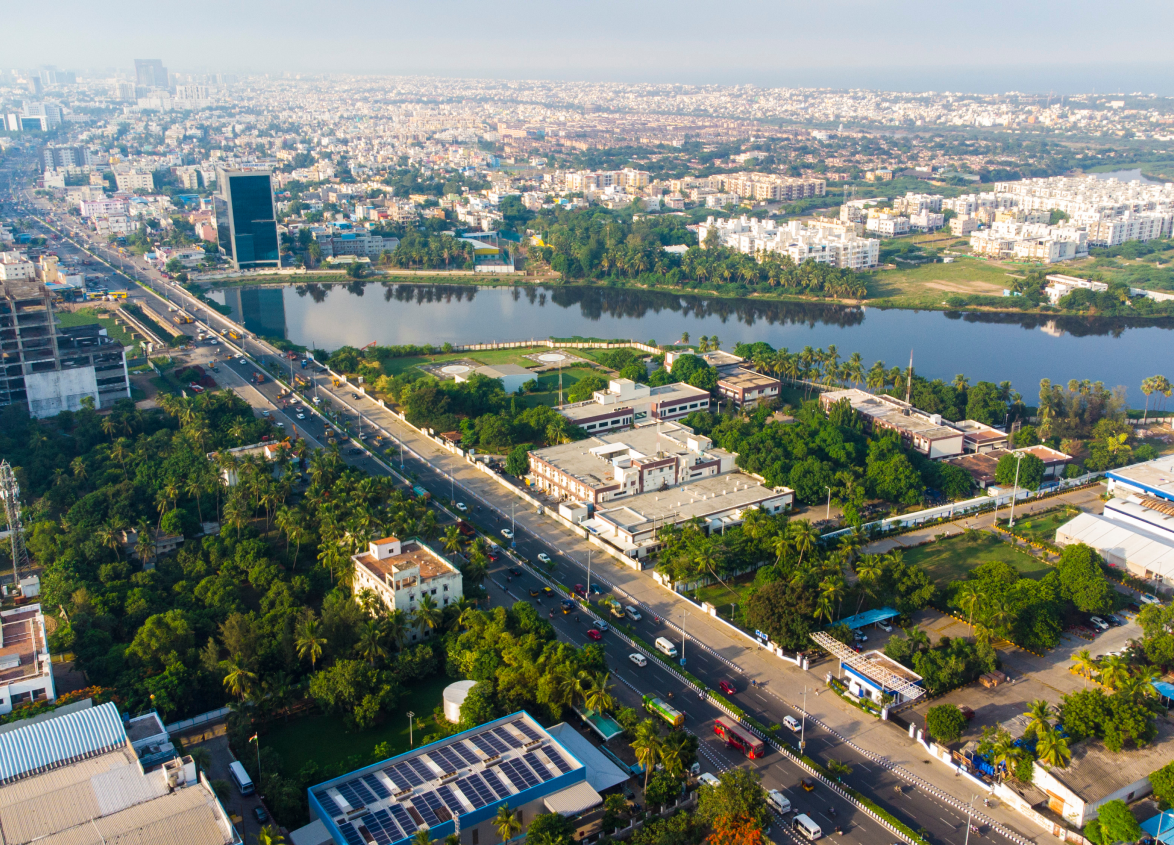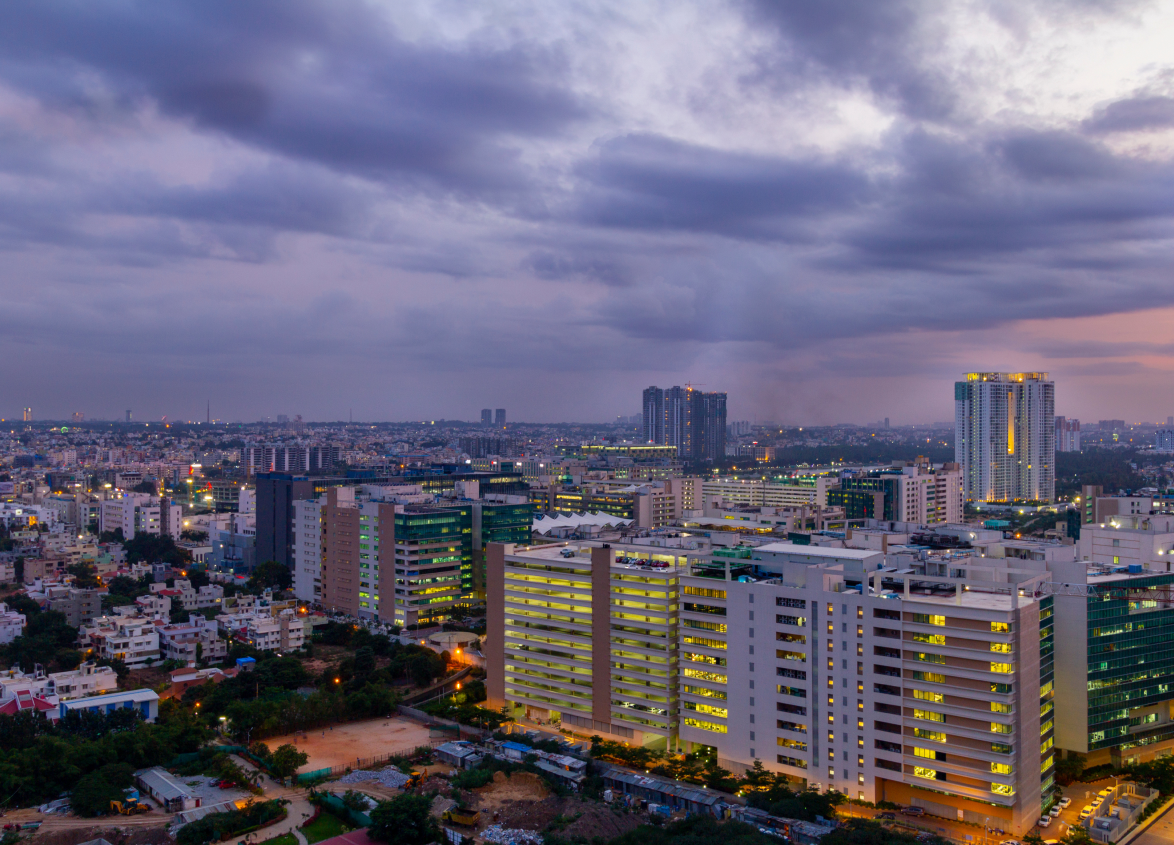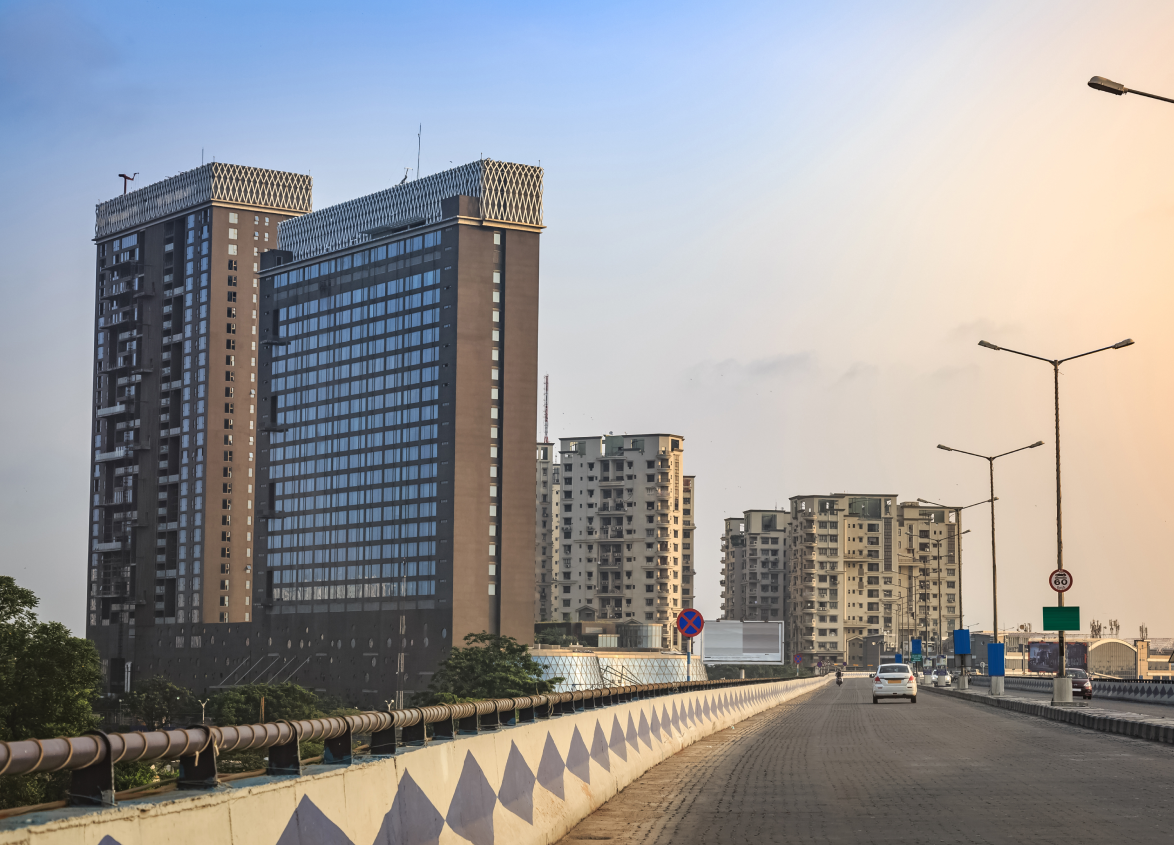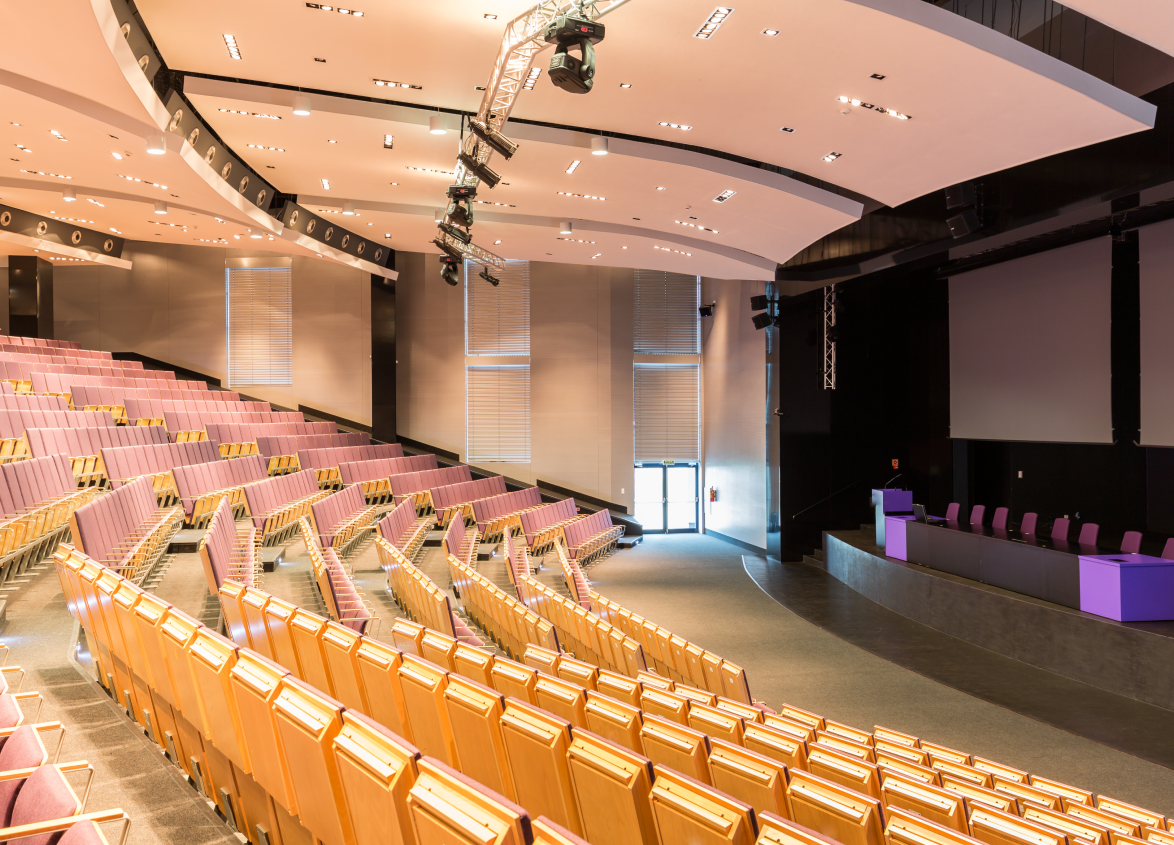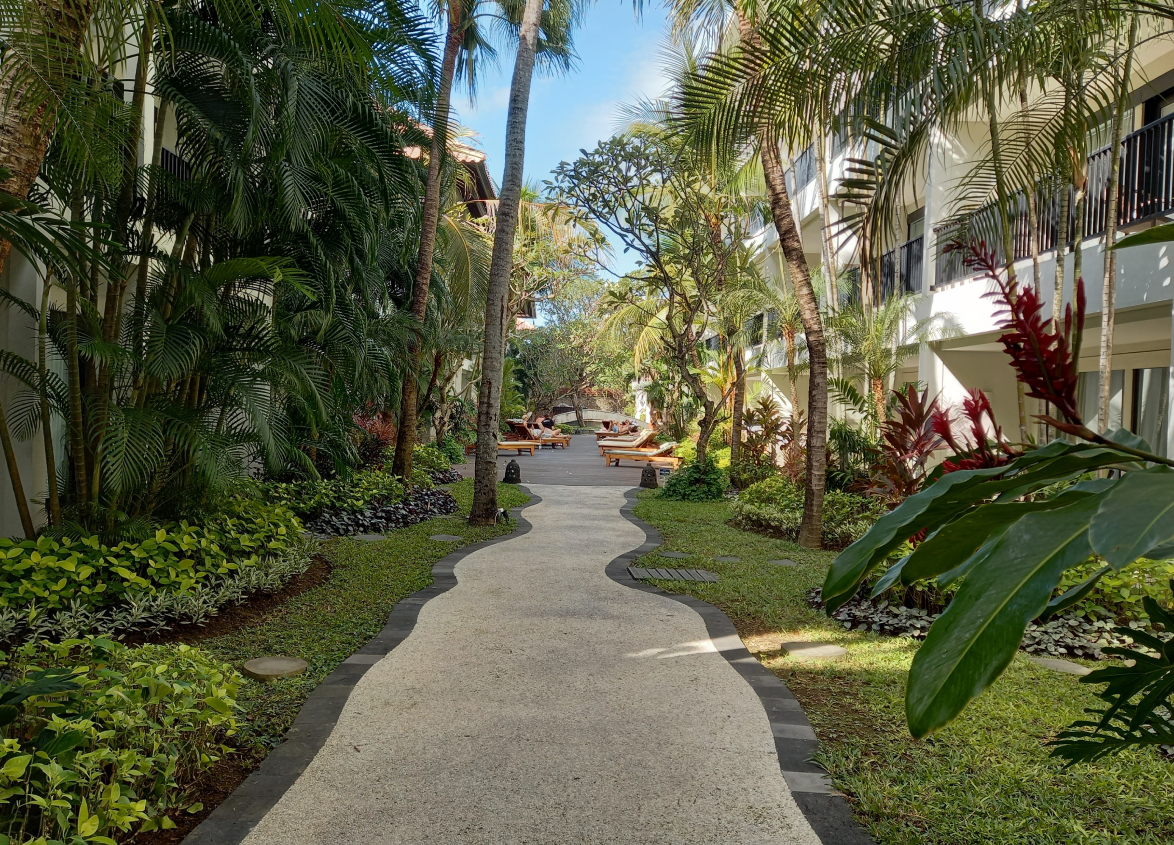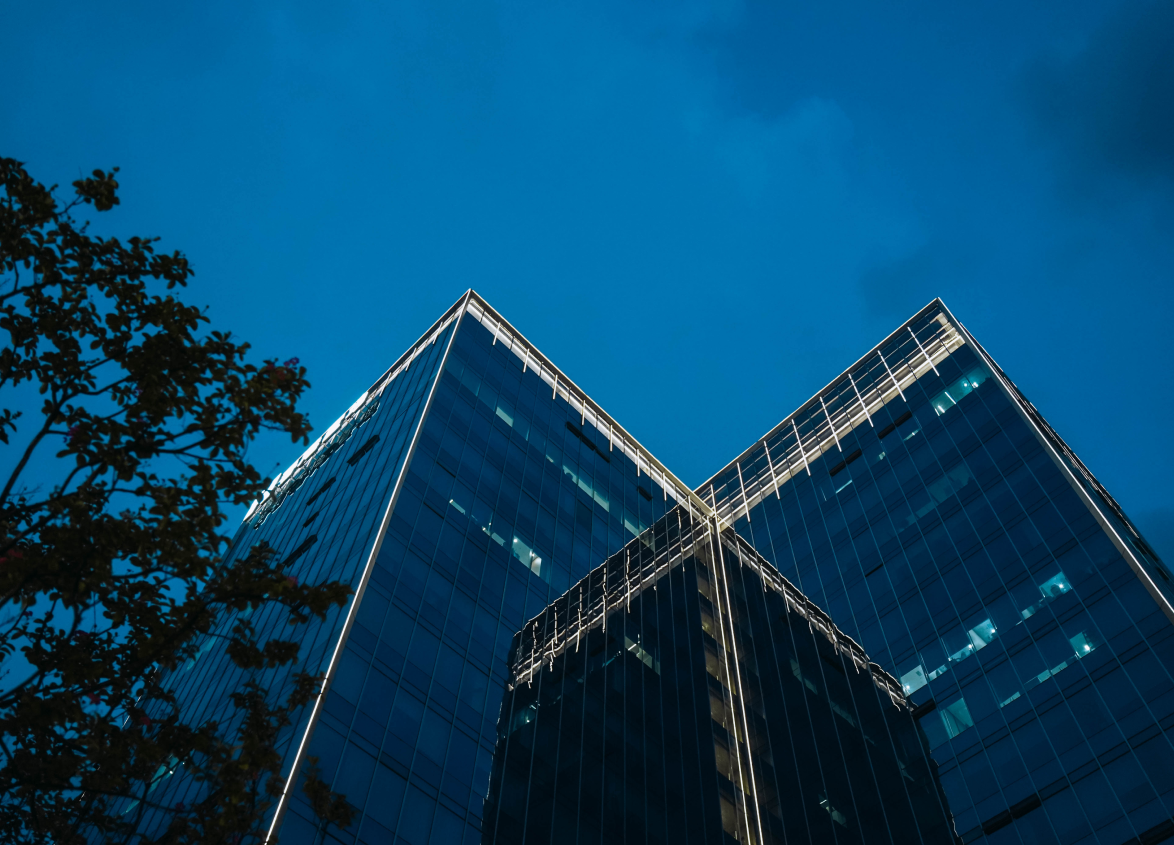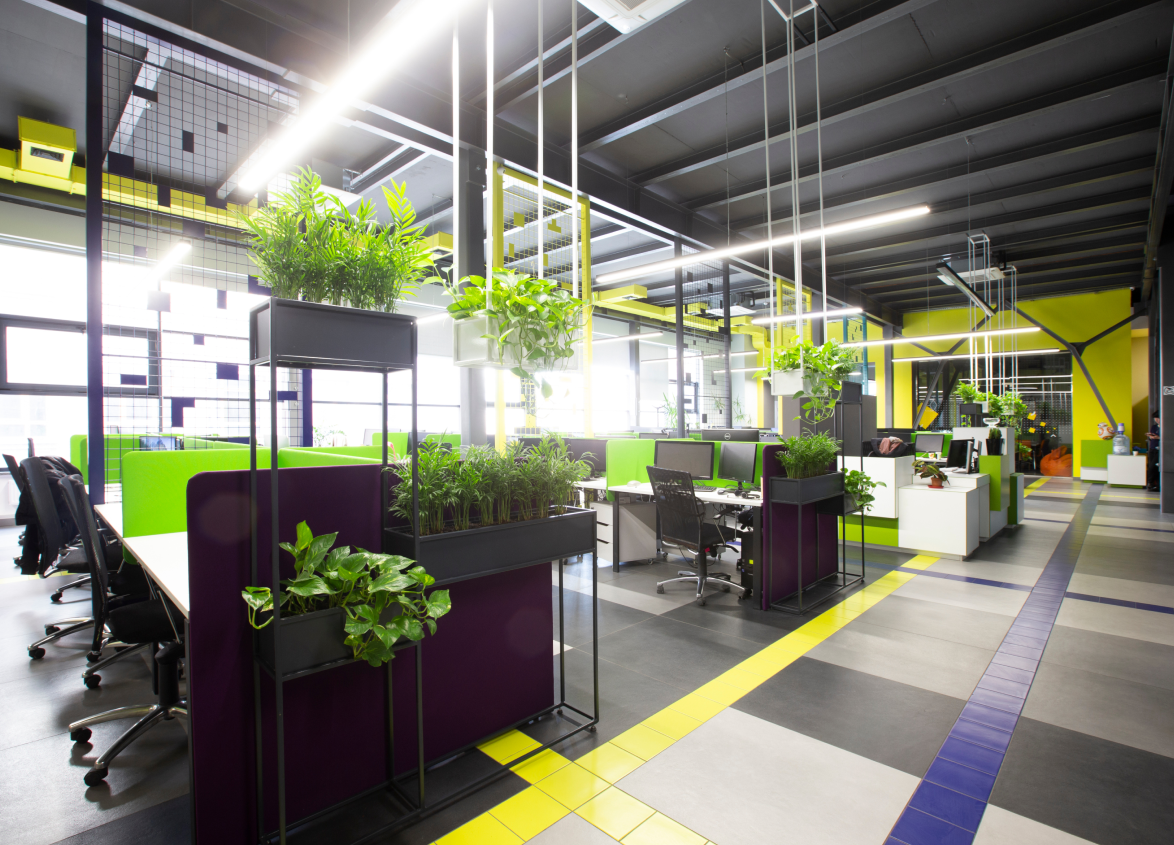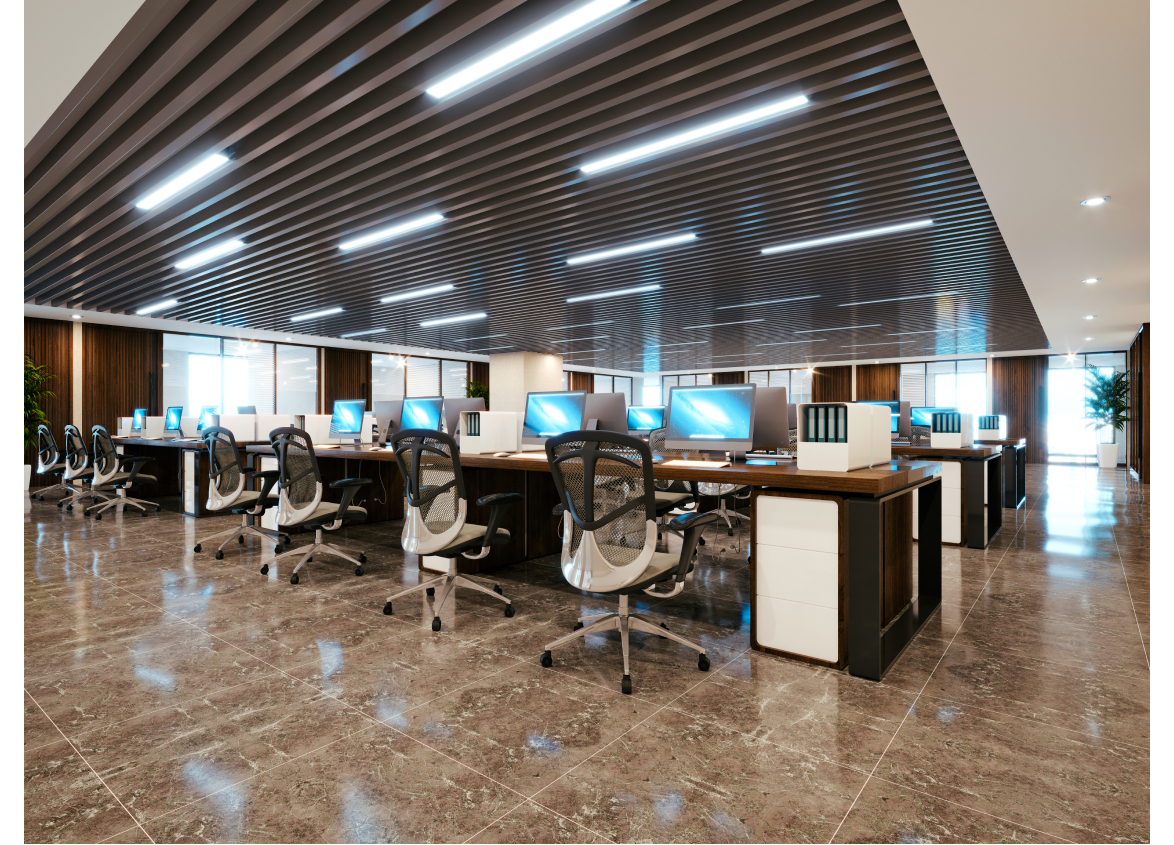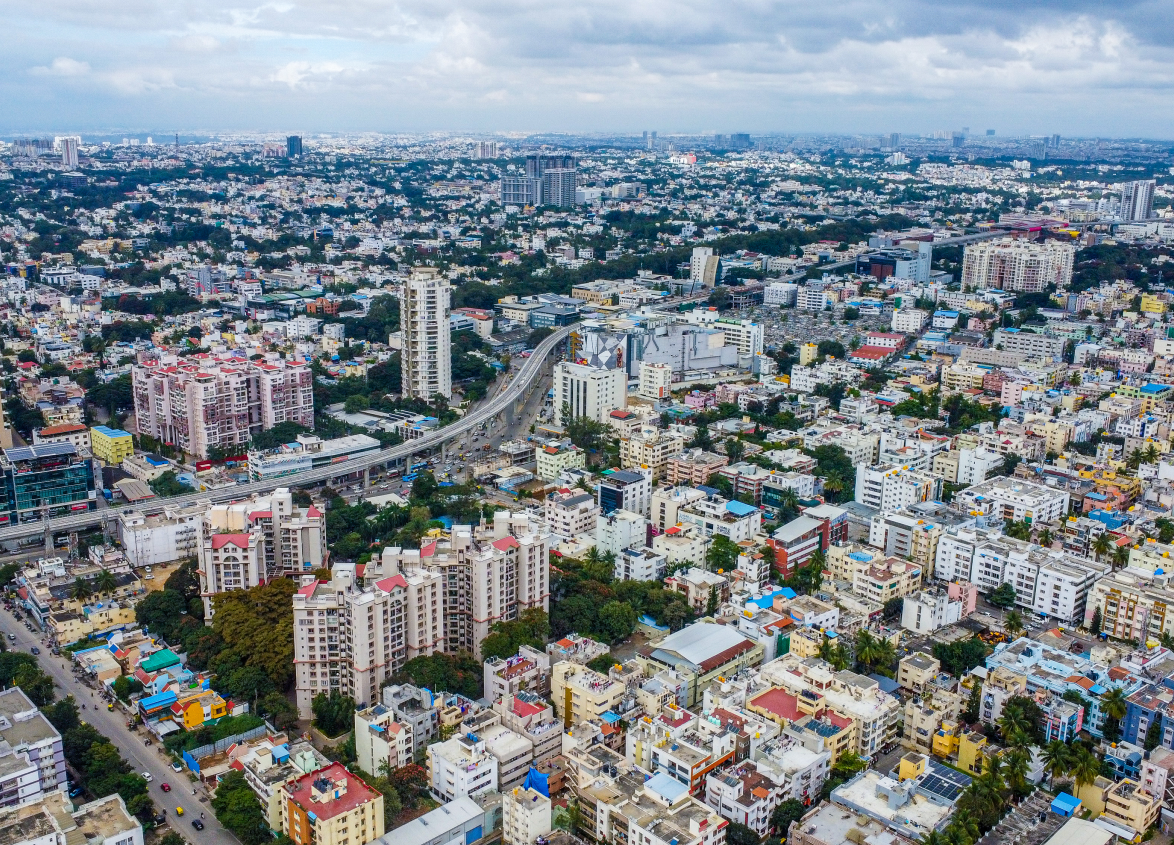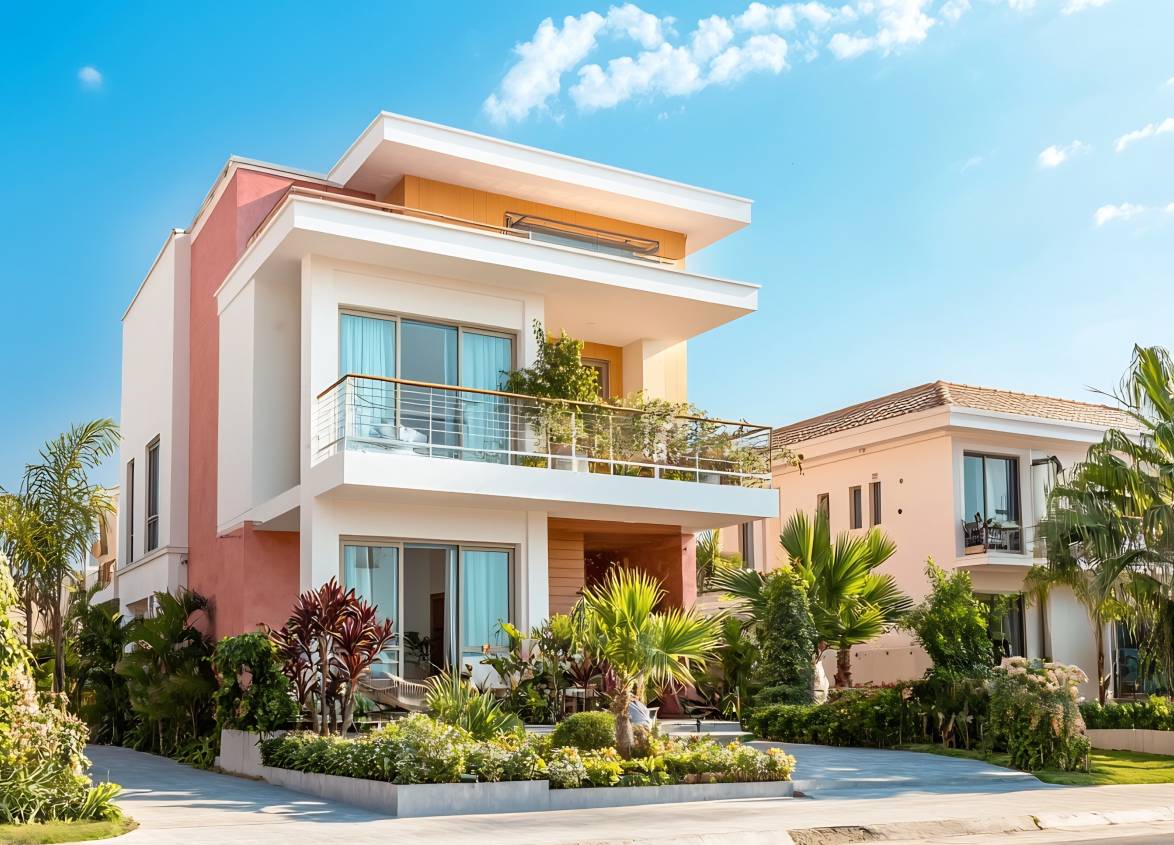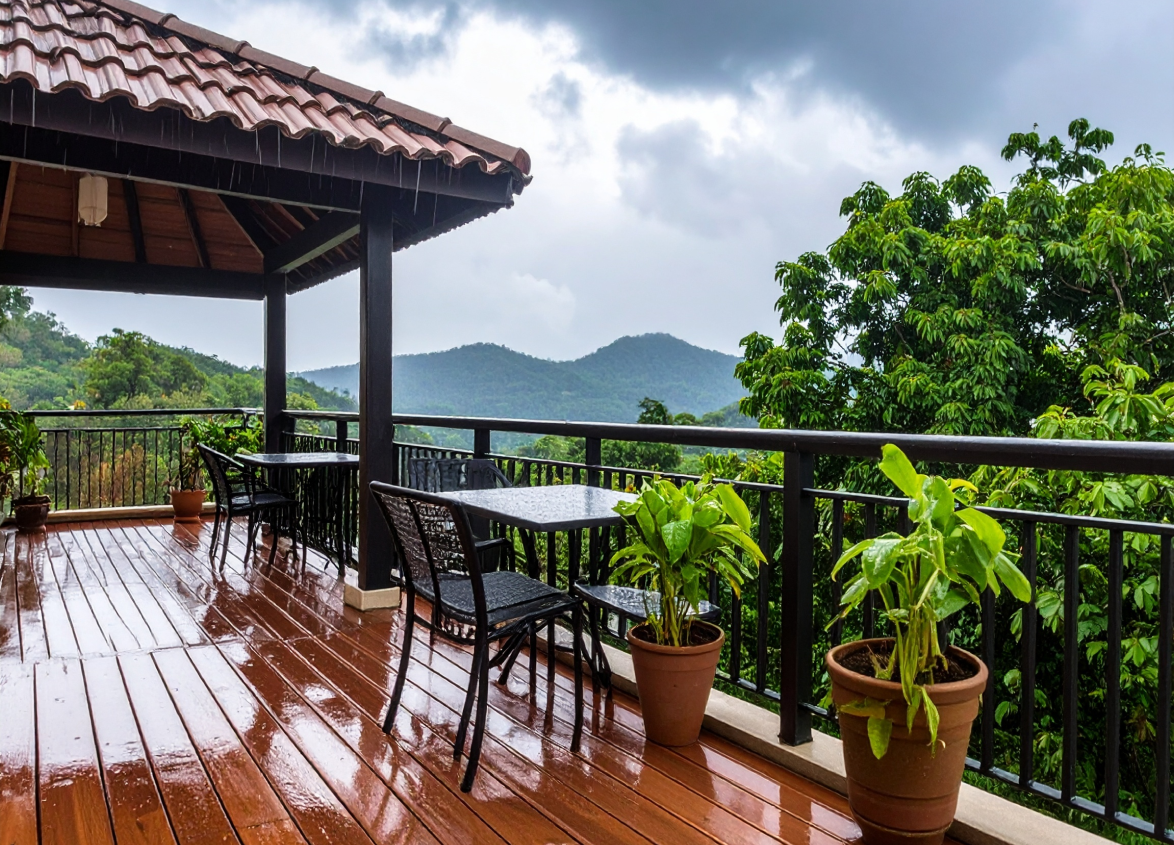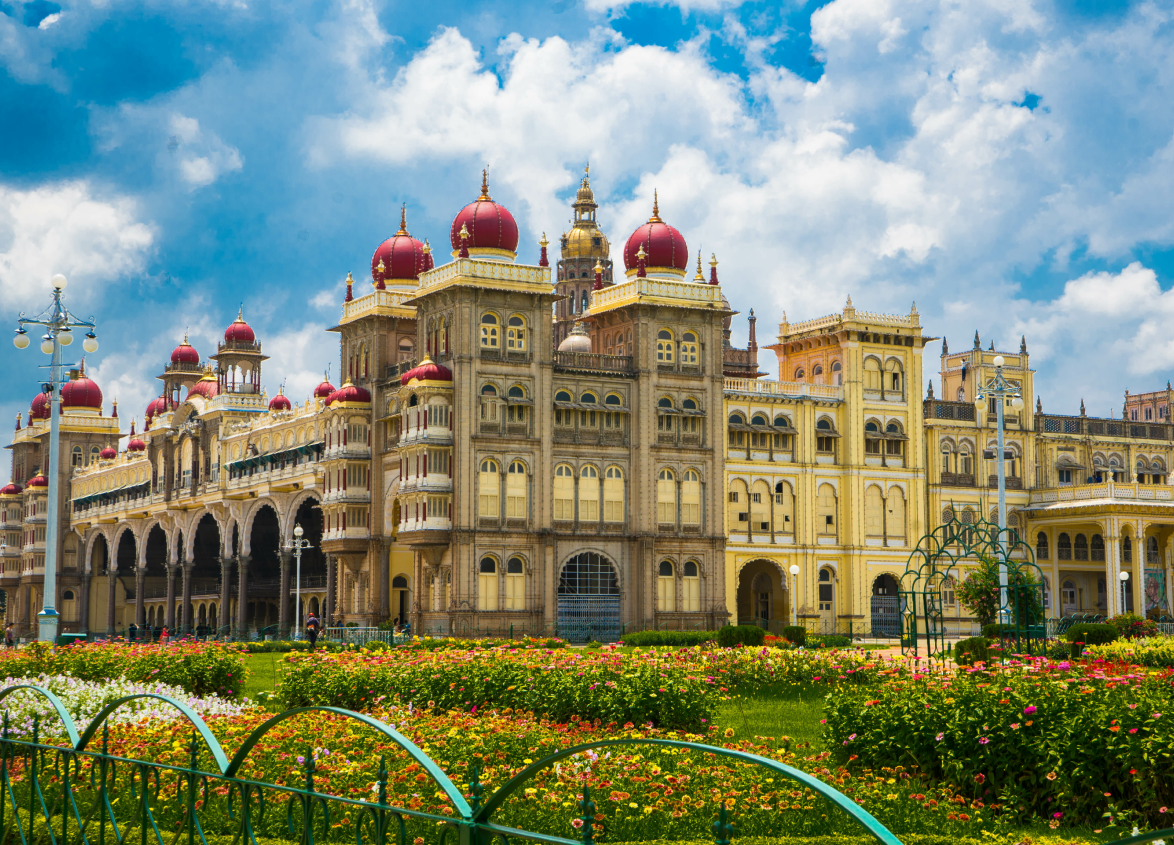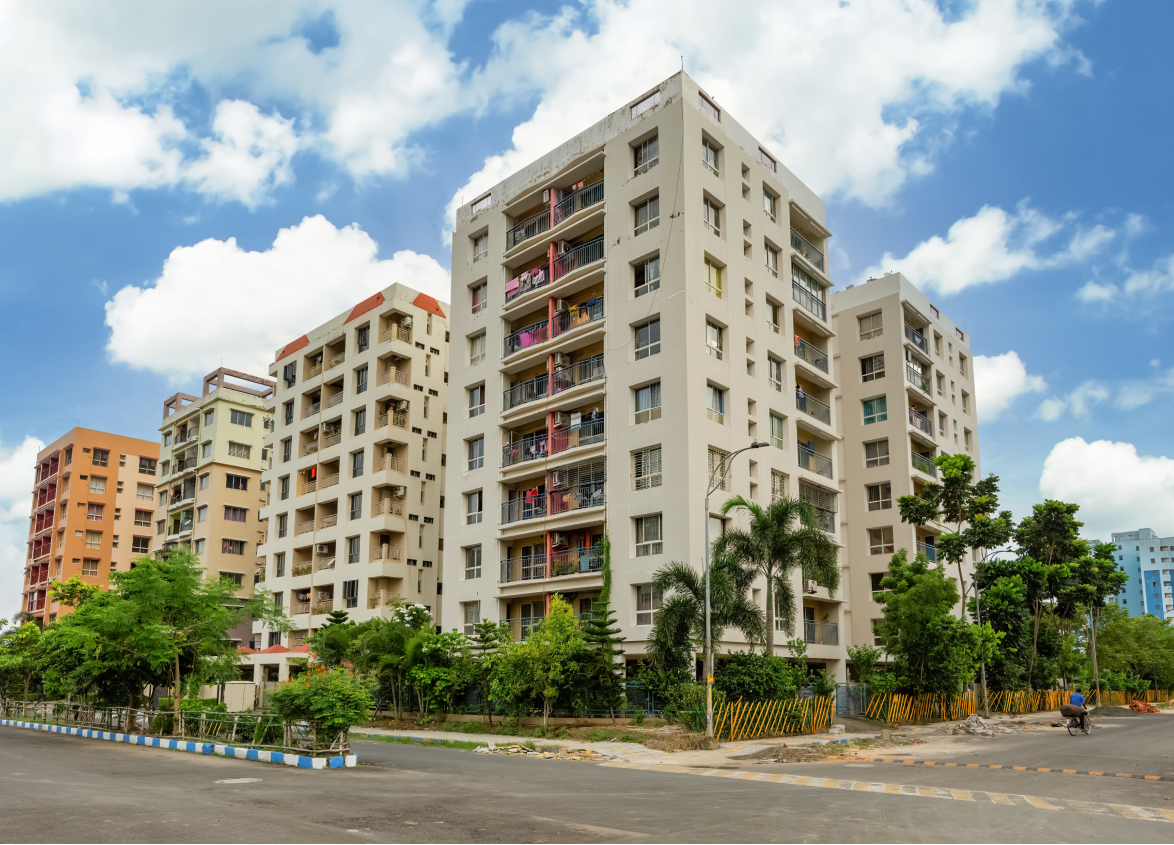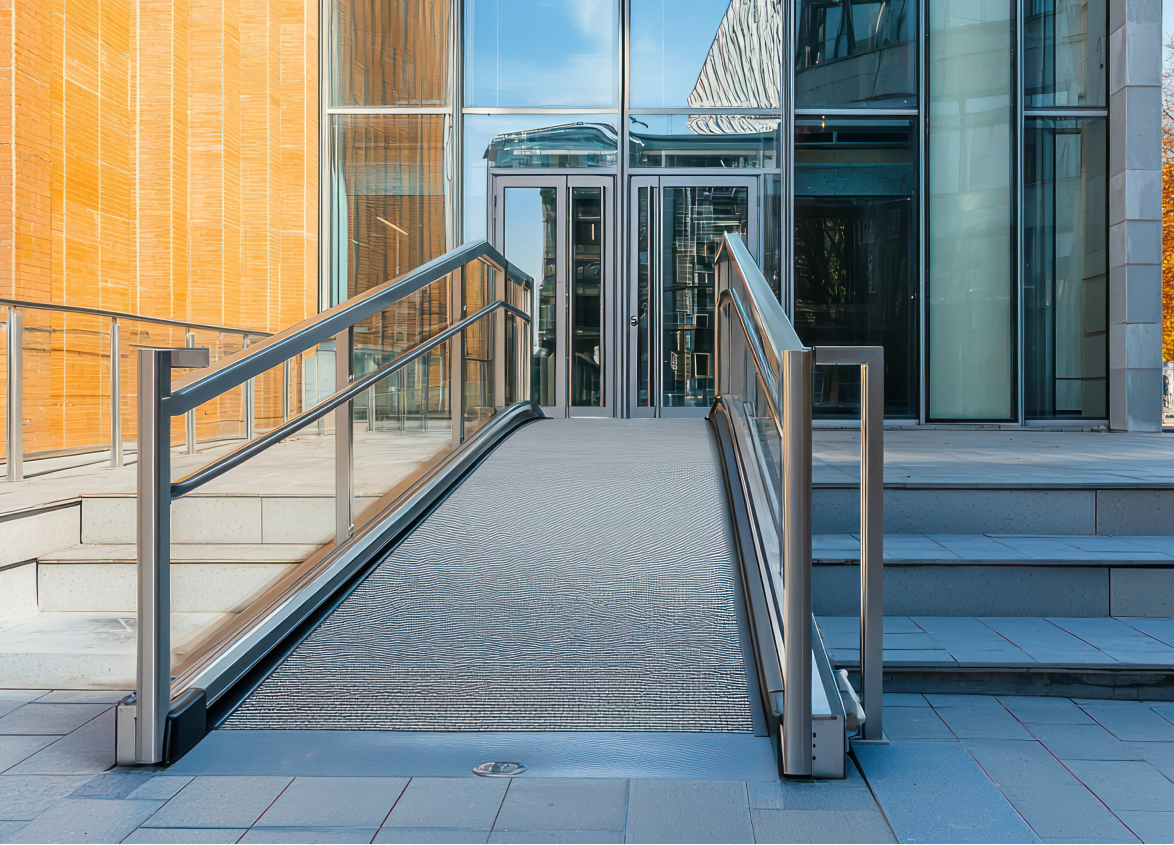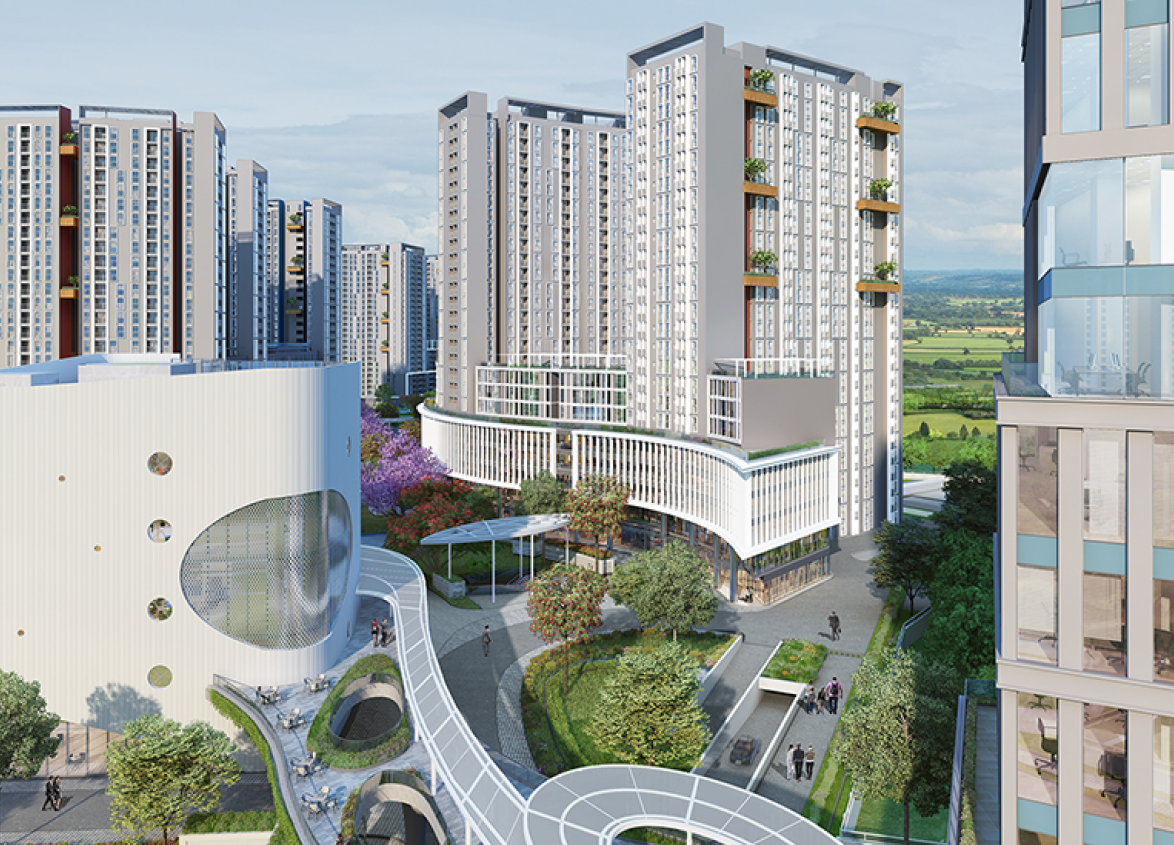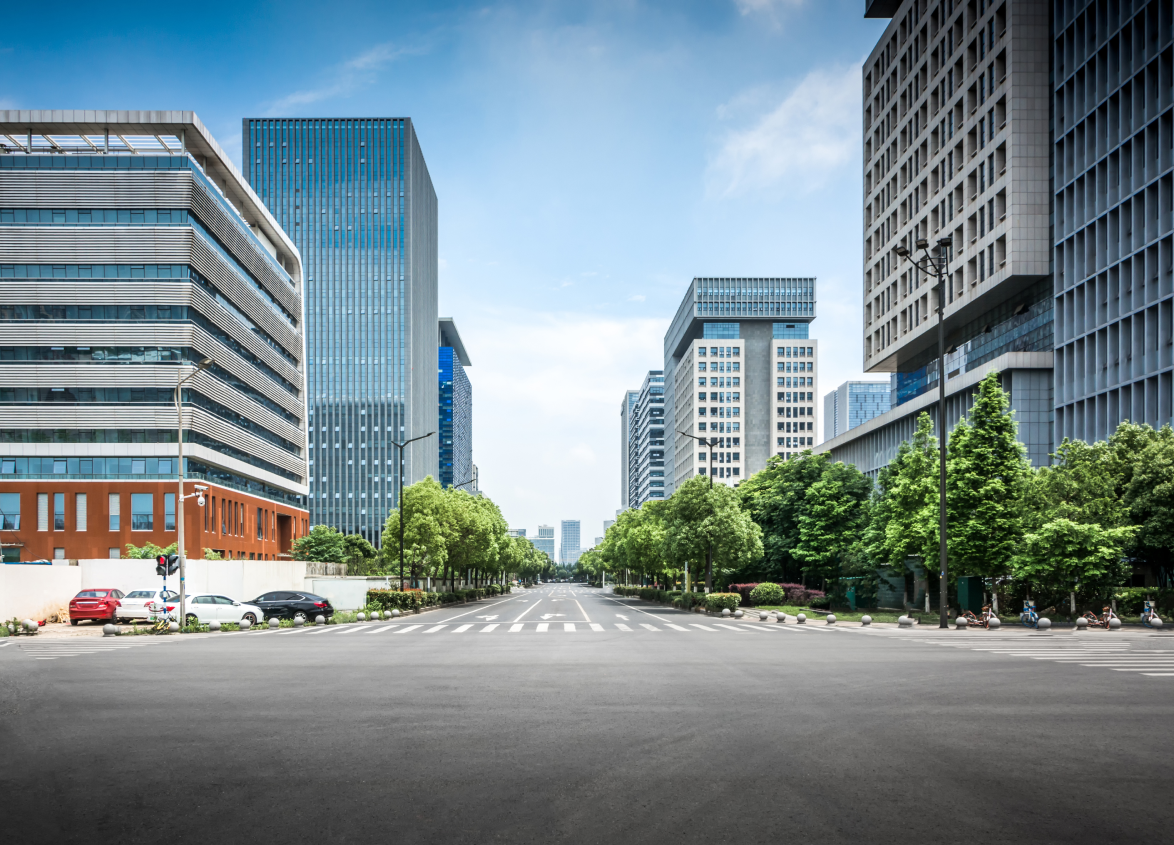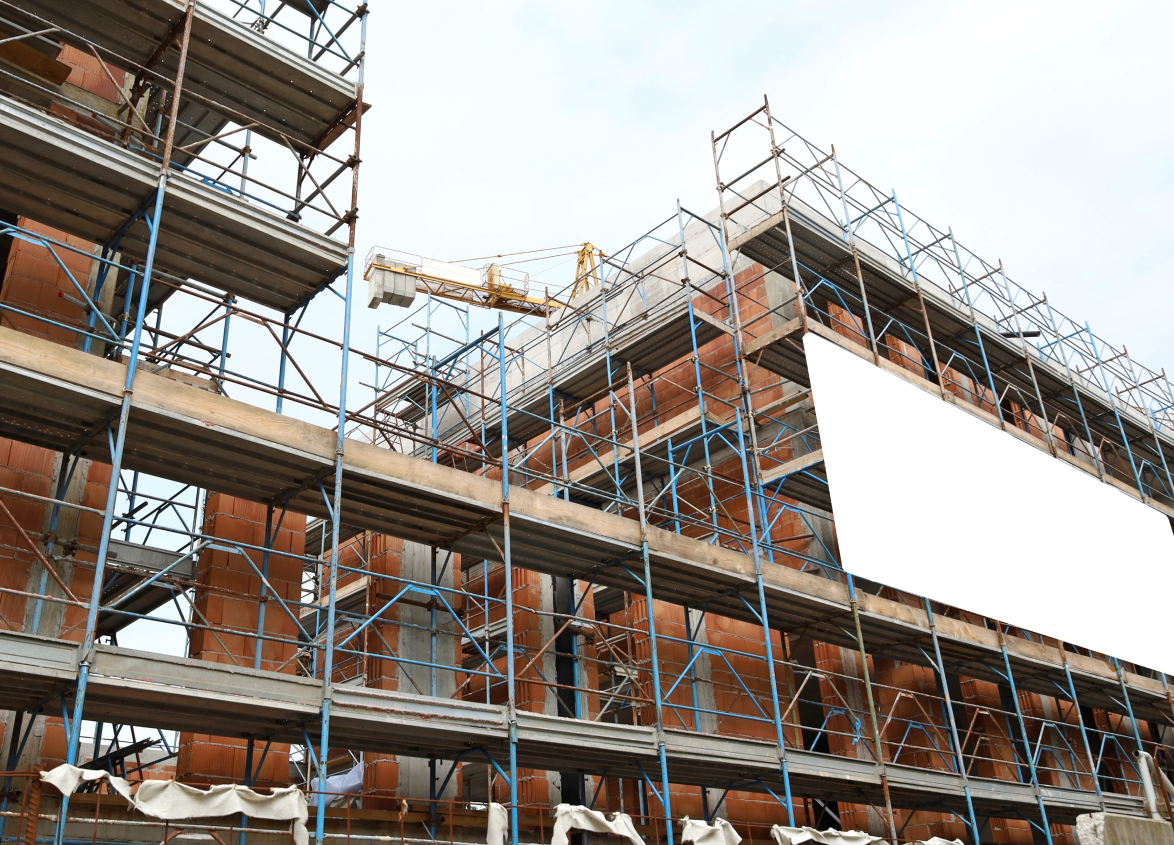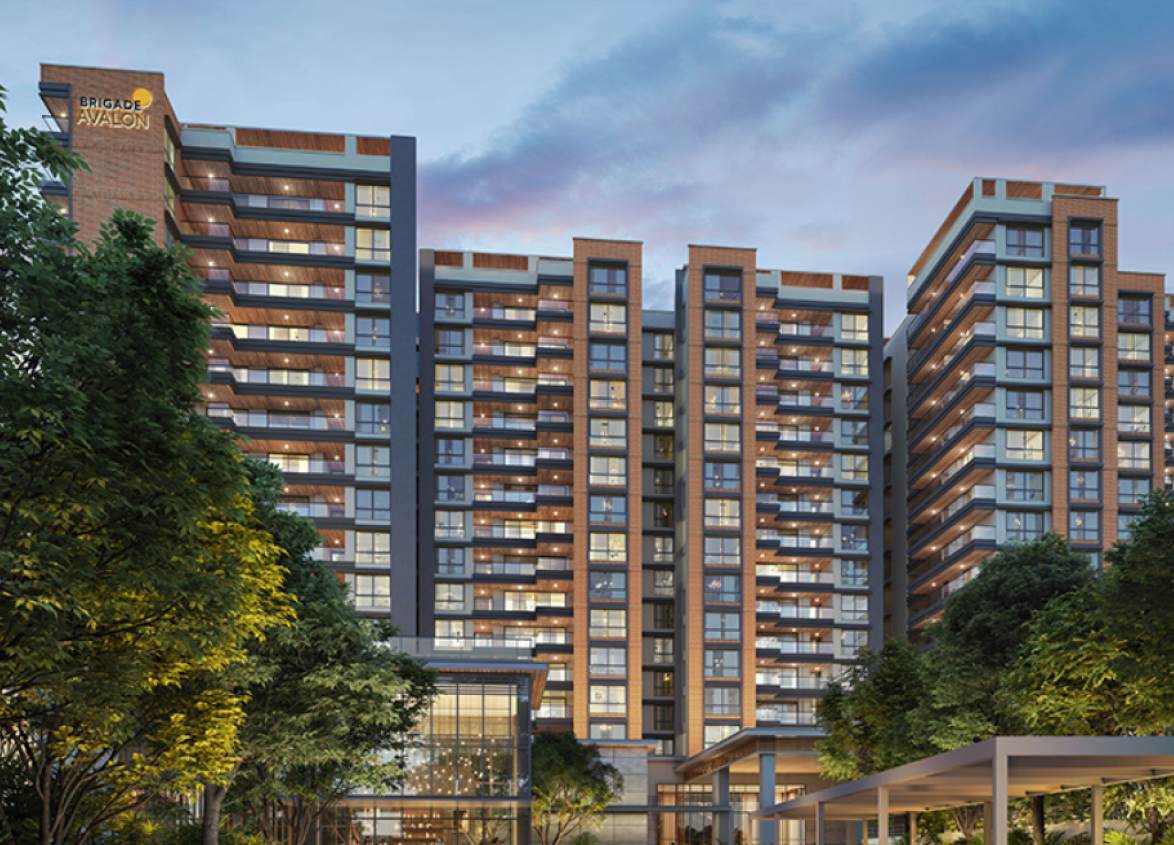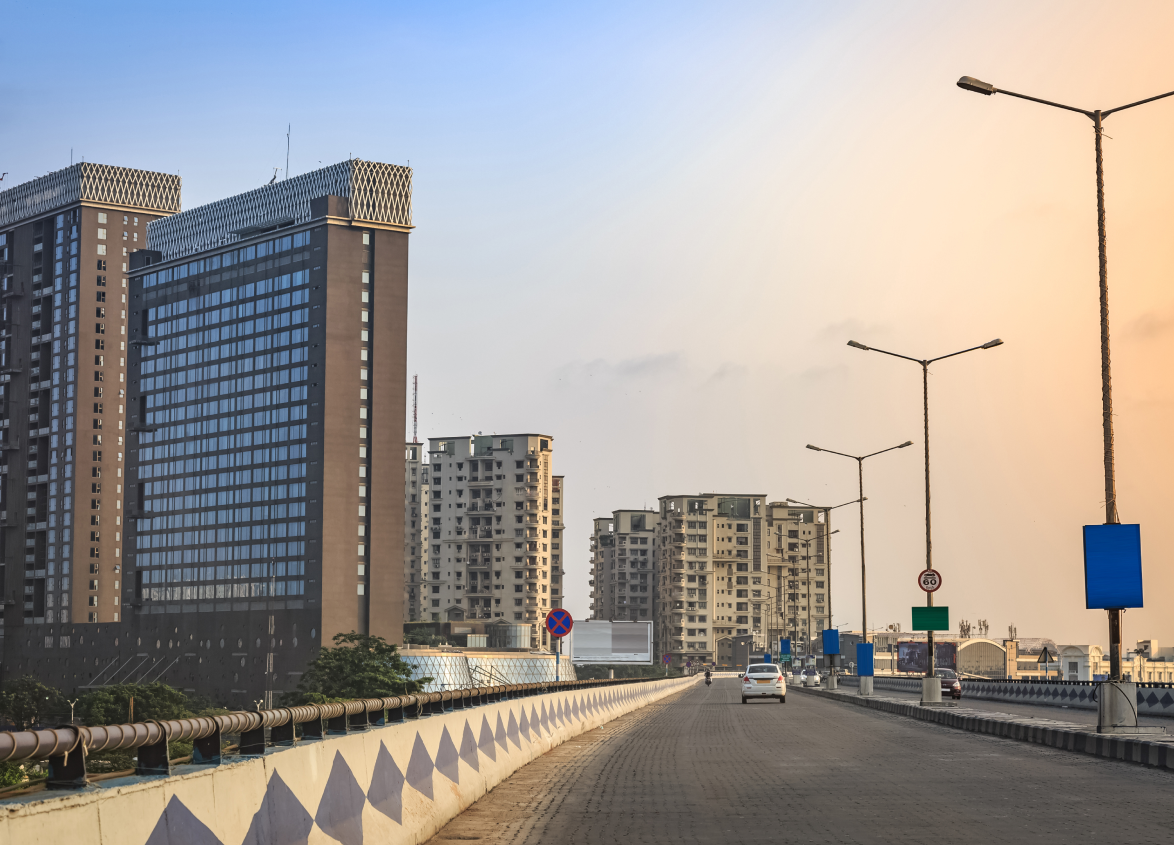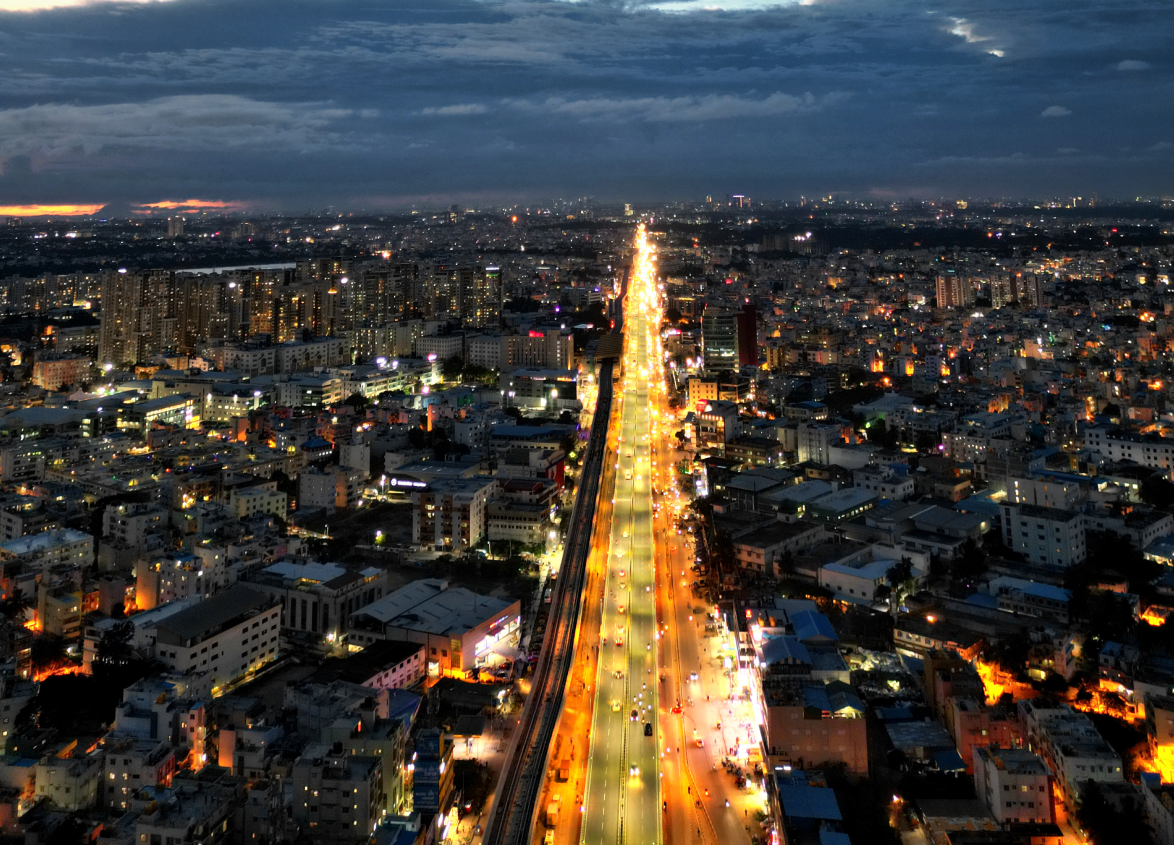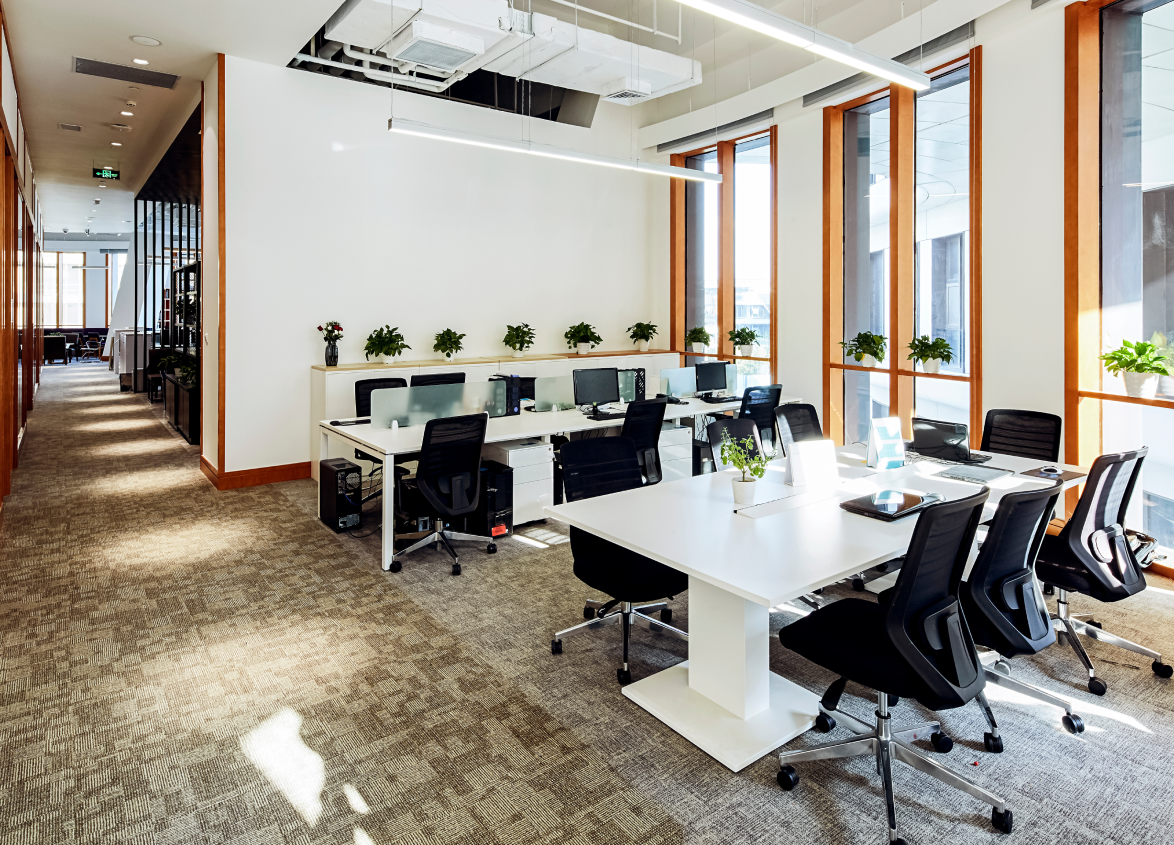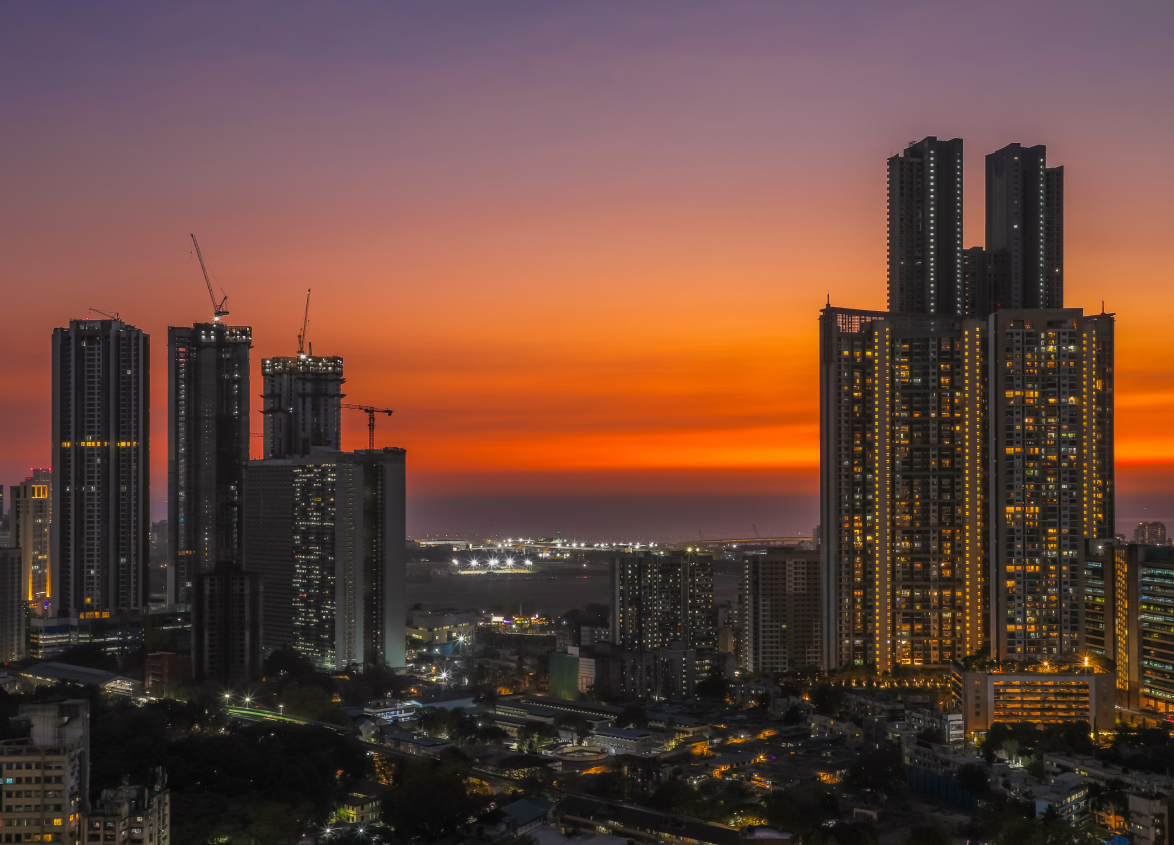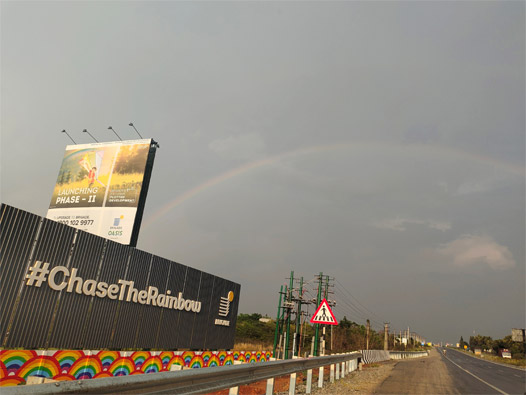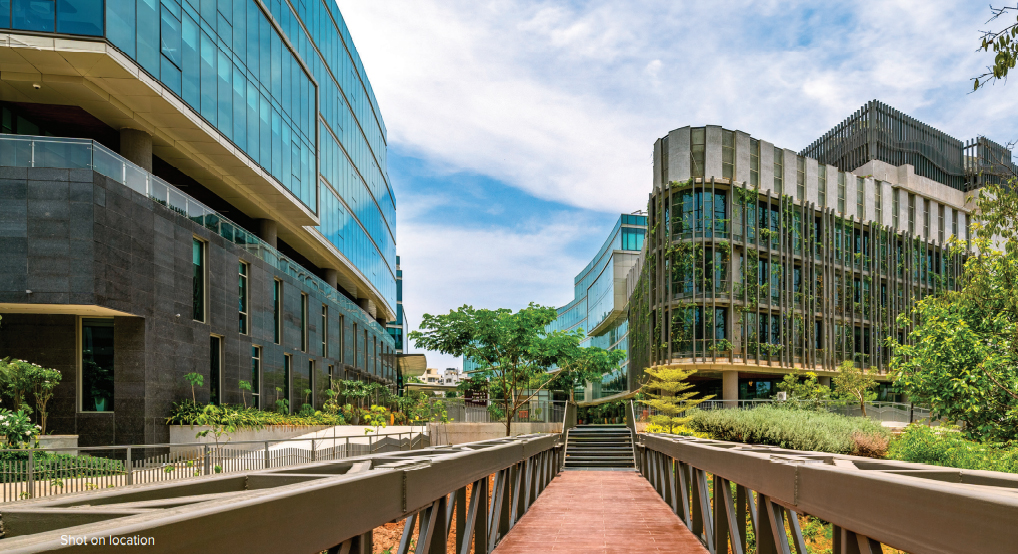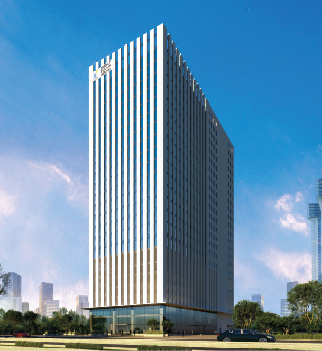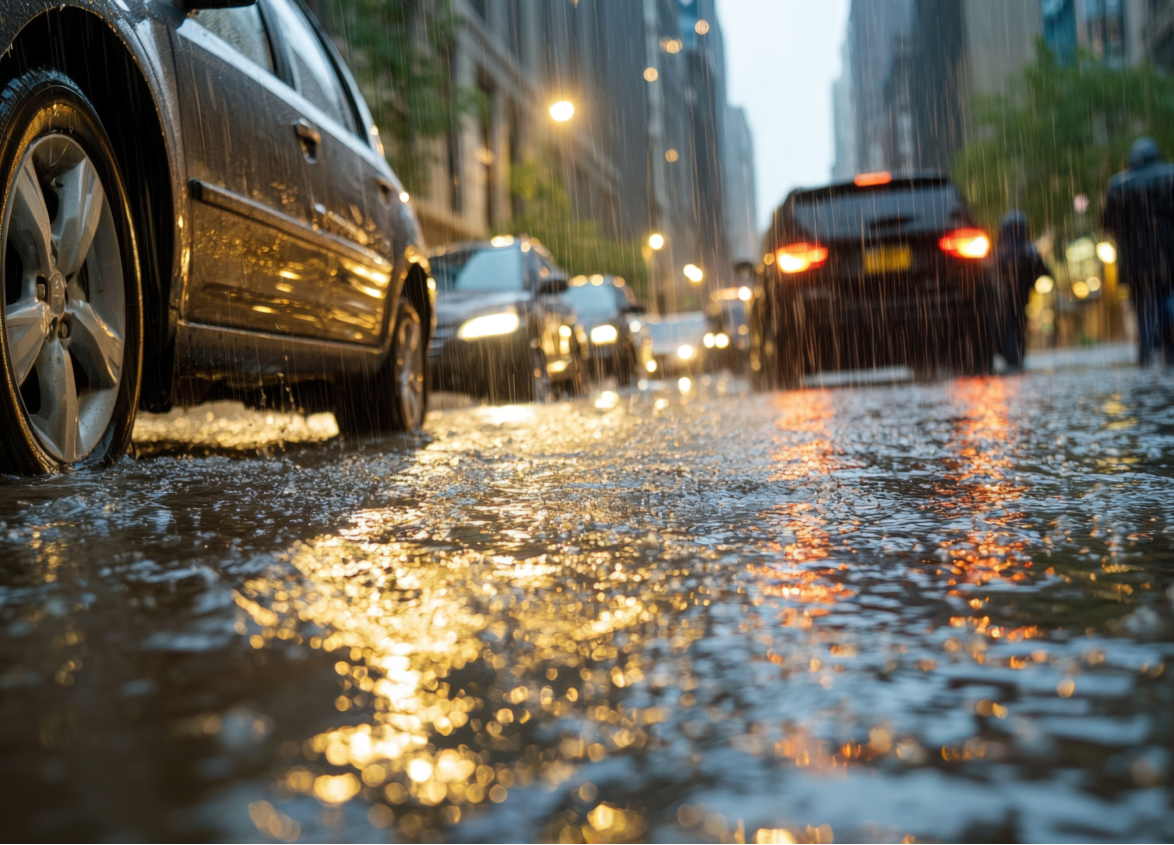
Commercial
Water Logging Woes? Here’s How to Choose the Right Commercial Property in Bangalore
August 08, 2025
Bangalore's skyline is evolving rapidly. Due to its expanding tech parks, office space hubs and retail developments, the city is now attracting significant commercial real estate investment. But with this hasty urbanisation comes a persistent challenge: waterlogging in Bangalore, especially during the intense monsoon season.
Heavy rains in the last few years, with more than 130 mm in 12 hours in May 2025, for example, have brought city streets, especially in key tech hubs, to a standstill. It has shuttered establishments and inundated office spaces. Such torrential rains severely disrupt commercial property in Bangalore, often causing infrastructure damage, halting operations and eroding tenant confidence.
As more investors look to scale their ventures through business properties in the city, they must carefully assess a location’s flood vulnerability.
What is Waterlogging and Why Does it Happen in Bangalore?
Primary Causes of Waterlogging
- Inadequate Drainage Systems: Bangalore’s stormwater drains (known as rajakaluves) were initially built for a much smaller city. However, rapid urban expansion has overwhelmed these systems. Many are now choked with solid waste, significantly reducing their efficiency.
- Encroachment on Natural Water Bodies: Over the years, countless lakes and wetlands have been encroached upon or filled in for development. Once crucial for absorbing excess rainfall, these natural buffers have disappeared, leaving the city more prone to flooding.
- Unplanned Development: Rapid construction of tech parks, residential complexes and commercial buildings has replaced natural slopes and water catchment zones. The spread of impermeable concrete surfaces, combined with inadequate wastewater planning, worsens surface runoff and clogs the drainage network.
Historical Data and Impact
Between May 1 and 20, 2025, Bangalore recorded 278 mm of rainfall, which is 157% above the average. This led to severe flooding in areas such as Koramangala, Sai Layout (North Bengaluru), Yelahanka and Kengeri, while submerging buildings and stranding residents.
This recurring pattern highlights how flood-prone areas can severely disrupt business operations, damage reputations and reduce the value of a commercial property in Bangalore.
How Water Logging Impacts Commercial Spaces?
- Property Value Erosion: Floods disrupt office access, making commutes difficult, delaying deliveries and even shutting down operations. This affects productivity and erodes client trust.
- Tenant Dissatisfaction and Downtime: Employees struggle to commute, deliveries get delayed and offices may be inaccessible when floods strike, undermining productivity and client trust.
- Rising Operational Costs: Operational costs rise sharply after flooding. Maintenance needs increase, insurance premiums increase and backup systems like generators and pumps strain heavily.
- Investor Perception and Market Momentum: Flood-prone locations can deter investor interest. While some may offer high returns, the volatility during monsoons often outweighs the benefit.
Which Areas in Bangalore Are Most Affected by Waterlogging?
Specific neighbourhoods in Bangalore face recurring flooding every monsoon due to low elevation or poor drainage. These include:
- Bellandur and Whitefield: Bellandur and Whitefield were developed over former lake beds and wetlands, making them especially prone to flooding during heavy rain.
- Koramangala's ST Bed Layout: In Koramangala’s ST Bed Layout, homes were submerged under four feet of water during the 2025 monsoon, highlighting the area’s severe drainage issues.
- Sai Layout (Mahadevapura): Sai Layout in Mahadevapura, being low-lying, experienced severe flooding that led to emergency evacuations, some of which were carried out using boats.
- Bannerghatta Road, Sarjapur and Kengeri: Other affected areas, such as Bannerghatta Road, Sarjapur and Kengeri, experienced severe waterlogging that damaged local infrastructure and disrupted access.
Given these high-risk zones, here's what every investor should evaluate before finalising a commercial purchase.
How to Choose the Right Commercial Property in Bangalore to Avoid Waterlogging?
A. Location Analysis
- Elevation and Topography: Choose properties situated on higher ground. Ideally, a few metres of elevation can be the difference between dry floors and flooded basements.
- Proximity to Water Bodies: If properly managed, nearby lakes or canals can enhance aesthetics and property value. Encroached or poorly maintained water bodies significantly raise flood risk.
- Infrastructure Development: In well-planned regions, robust road networks, efficient metro systems, and scientifically designed drainage infrastructure work together to channel rainwater effectively, reducing the risk of waterlogging in Bangalore.
B. Legal and Regulatory Compliance
- Zoning Laws: Ensure the site falls under the correct commercial zone defined by BBMP or BDA.
- Building Codes: Ensure the building adheres to BBMP and MoHUA regulations regarding rainwater harvesting and percolation tanks.
- Environmental Clearances: Avoid newly reclaimed wetlands or ecologically sensitive zones that may not comply with environmental regulations.
C. Structural and Design Features
- Flood‑Resilient Design: Prioritise flood-resilient designs such as raised entryways, water-resistant flooring and elevated placement of electrical units like transformers.
- Drainage Systems: Look for properties equipped with trench drains, sump pumps, permeable paving and stormwater conduits, all of which help minimise waterlogging and damage during monsoons.
- Maintenance History: Choose properties with a documented maintenance history, especially regular drain cleaning, which lowers the risk of waterlogging.
D. Sustainability and Resilience
- Green Building Certifications: LEED, IGBC, ASHRAE and EDGE signal sustainable construction, improving long-term cost savings and environmental performance.
- Water Management Systems: Rainwater harvesting and groundwater recharge systems ease pressure on city drains and enhance flood resilience.
Spotlight on Flood‑Resilient Areas in Bangalore
North and North-West Bangalore
These zones, including Hebbal, Yelahanka and upcoming parts of Thanisandra Road, are better elevated and have integrated civic planning. They consistently report fewer instances of flooding, making them preferred for commercial real estate investment in Bangalore.
Brigade’s Flood‑Resilient Commercial Projects
Brigade Group is actively addressing the challenges of increased rainfall and urban flooding by developing climate-resilient commercial infrastructure. Its flagship projects across Bengaluru feature advanced water management solutions to ensure sustainability, safety, and business continuity, key priorities for investors and tenants alike.
Brigade Twin Towers (BTT), Brookfield
- Includes intelligent drainage systems that redirect excess rainwater, reducing flood risk during heavy downpours.
- Stormwater retention and sustainable landscaping reduce runoff while supporting groundwater recharge.
Impact: Keeps the premises dry and operational throughout the monsoon season.
Brigade Padmini Tech Valley (BPTV), Whitefield
- Elevated podiums protect buildings from flood intrusion.
- On-site rainwater harvesting promotes sustainability and reduces dependence on municipal water.
Impact: Enhances business continuity with flood-resistant infrastructure.
Brigade Senate 1 and 2, Hebbal
- Specially engineered landscaped drains direct water flow away from key structures.
Impact: Maintains access and minimises monsoon-related disruptions.
Brigade Cornerstone Utopia – Eden, Paradise and Elysium in Varthur
- Rooftop rainwater harvesting and retention ponds manage high water volumes effectively.
Impact: Sustainable water management practices are implemented to ensure eco-friendly operations and a flood-resilient campus.
These developments offer secure, flood-resilient environments for commercial property investment in Bangalore. They help protect long-term asset value while ensuring uninterrupted business operations.
Due Diligence Checklist for Investors
- Site Inspection: Visit the site during the monsoon. Watch for signs of water damage such as damp marks on walls, standing water or poor surface drainage.
- Consult Local Authorities: Refer to BBMP’s ward-level flood data and check metro-level drainage updates to assess flood history.
- Engage Experts: Consider hiring hydrologists, civil engineers or urban planners to assess drainage capabilities and risks professionally.
- Review Historical Flood Data: Ask developers for records of past flooding events. You can also speak with current tenants or refer to the BMP archives. Lakes and ward offices often maintain annual flood logs to help assess the site's history.
Benefits of Choosing the Right Property
- Preserved Asset Value: Flood-secure properties appreciate steadily.
- Tenant Retention and Satisfaction: Businesses can operate without seasonal interruptions, ensuring higher tenant retention and satisfaction during peak monsoon periods.
- Reduced Costs: Properties designed to withstand flooding face fewer repairs, lower maintenance costs, and reduced insurance premiums.
- Enhanced Brand Image: Properties in flood-resilient zones project a forward-thinking brand image and attract investors looking for long-term, low-risk commercial assets.
Future‑Proofing Your Investment
- Monitor BBMP Initiatives: Projects like sluice-gate installations in 38 lakes, covering Yelahanka and Bommanahalli, bolster flood resilience.
- Track Smart City Upgrades: Smart drainage, digitised monitoring and adherence to National Flood Guidelines are essential.
- Choose Developers Who Plan: Brigade’s flagship portfolios use RWH (Rain Water Harvesting) systems, triple plumbing and stormwater ponds.
- Partner with BuzzWorks: Our curated commercial property offerings in Bangalore are vetted for minimal flood risks. We provide robust spaces in well-planned micro-markets across the city.
Conclusion
In the high-stakes commercial real estate investment world in Bangalore, overlooking monsoon risks is no longer an option. Flood-prone areas in Bangalore face structural threats, a loss of tenant confidence and asset depreciation.
Focus your commercial real estate investment in Bangalore on the following:
- Elevated, well-planned zones (North/NW Bangalore)
- Flood-conscious infrastructure and design
- Developer-grade projects ( Brigade Senate 1 and Senate 2, Brigade Cornerstone Utopia, Brigade Twin Towers and Brigade Padmini Tech Valley )
- Expert due diligence, including topography, legal and environmental
Pair this with emerging civic initiatives and shift from reactive asset purchases to future-forward investments.
Remember: successful commercial property investment in Bangalore is not just about location and yield. It’s about ensuring uninterrupted operations, preserved value and strategic resilience in the face of climate challenges.
Connect with Brigade’s property advisors today to explore climate-resilient commercial investment options in Bangalore.
MUST READ
Looking for something specific?
We'd be delighted to help you.


